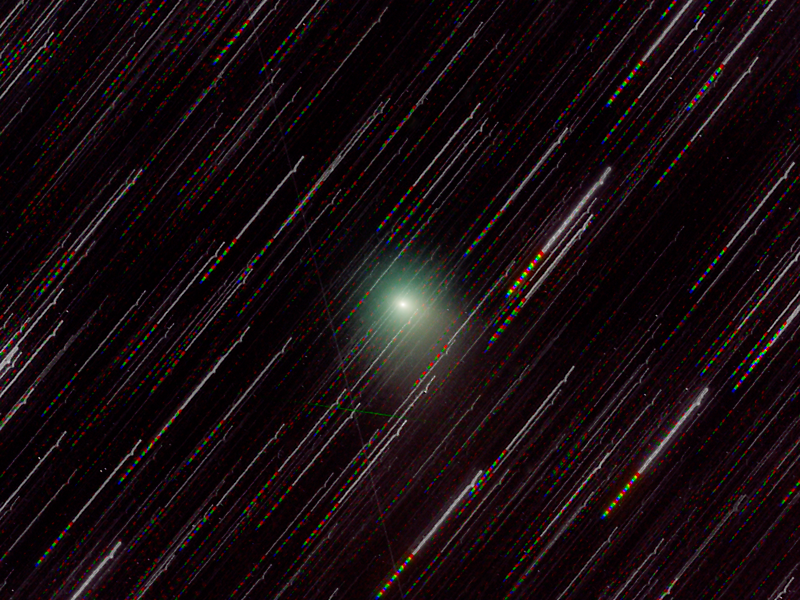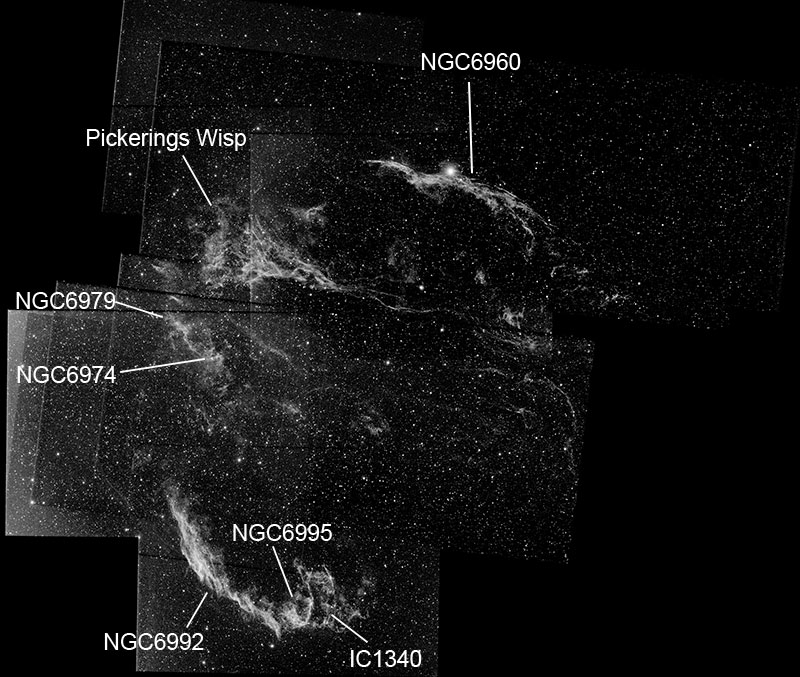|
Gallery Stats
-
Images:
455
-
Categories:
102
-
Hits:
1015602
-
Comments:
13
-
Votes
311
Media RSS
RSS Feed
|
|
| |
|
|
|
|
|
Richie's Blog
|
|
Written by Richie Jarvis
|
|
Wednesday, 09 September 2015 16:22 |
Maybe this is the answer to the Worldwide Immigration Mess
Why not remove all borders across all countries? Global population will gradually migrate to the best places - the places they migrate from become farmland (tear a few slums down - not a forest....)
The migrants will either settle, and pay taxes in the country they settle in, or be moved on. Their choice.... Over time, our growing population will settle across the planet - starting with the Western civilisations first (it seems to be where everyone wants to be right now!)
Folks will also move onto different countries and areas over time too, and I bet that gradually, the benefits offered by each country become very similar the world over. Of course, we will all have to bury the hatchet, settle our differences and agree to disagree...
But isn't that a better way for humanity to live? |
|
|
Written by Richie Jarvis
|
|
Monday, 23 March 2015 03:23 |
|
I got my hands on a Starlight Xpress Trius SX-814 camera - specs are here
I've been playing for the last few nights with anything vaguely clear (its been shocking!). Tonight I finally had a decent sky to play with for a little while, so went back to my old favourite Messier 51, the Whirlpool Galaxy (here for info and some of my other shots). Mounted as usual on my EQ6 Pro and through the F/7 TMB 115mm running with a Televue TRF-2008 x0.8 Focal reducer. The camera is mounted on the Starlight Xpress filter wheel via a T-adaptor screw fitting, then into the Focal Reducer, which fits the other side of the filter wheel using another T-adaptor thread.
I managed to get 12 x 10 minute exposures over the last 2 clear nights, and also have started on some 5 minute colour data for fun as well. Here is the result so far. That is a satellite in the Green data, giving the streak. I am not sure which one, but might try and track it down.

|
|
Written by Richie Jarvis
|
|
Sunday, 31 August 2014 23:55 |
|
Tonights image of Comet C/2014-E2-Jacques taken from East Sussex with a TMB 114mm @ F/5.6 and a -30 degree C Starlight Xpress SXVR-H18, and astronomik LRGB filters whilst tracking the comet. Combined in MaximDL and processed in Photoshop. You can clearly see that I shot with a clear (luminance) filter first - the long white lines (stars trailing as the comet moves), and then followed up with a sequence of 2 minute images through a Red, Green and Blue filter.
One of the green exposures has a faint satellite flare just beneath the comet coma. This happened at 2014-08-31 22:14:22GMT+0 - plus or minus 1 minute, and shows clearly on the exposure. Another satellite also passed during the luminance exposures at 2014-08-31T21:27:27GMT+0, plus or minus 2.5 minutes - the faint white line passing to the right of the coma from top to bottom.
12 x 300 second Luminance
5 x 120 second RGB

Full details and a click-to-zoom version here |
|
Written by Richie Jarvis
|
|
Friday, 01 August 2014 15:50 |
|
Last night, I was taking 2 minute exposures of the constellation of Cygnus the Swan from my observatory. This morning when I went through the exposures, I discovered I had caught something in one of the exposures. It didn't look like a meteor, as it appeared to rise and fall in brightness over a period of time, whereas a meteor I would expect to start off dim and get brighter and then vanish. My suspicion was that it was a satellite - specifically one of the Iridium group of satellites.
The Iridium satellites are used for satellite phone calls. They are named because it was originally intended to launch 77 satellites providing call coverage around the globe. However, it was determined that all 77 satellites were not needed to provide full worldwide coverage, so there are currently 66 operating satellites in orbit, with 6 spares in a holding orbit. The orbital height of the operational satellites is 485 miles on average. They are travelling at 16,832 miles per hour, and complete one orbit of the Earth every 100 minutes.
The reason for the flare seen in the picture is that these satellites have 3 door-sized antennas angled at 40 degrees away from the main body of the satellite itself. They are arranged equally, with 120 degrees between them. When the light from our Sun hits the antenna, about 4-5 times a day the reflected light create a 6.2 mile wide circle of light on the surface of the Earth. To an observer, this appears as a bright flash of light which suddenly gets brighter, then dimmer as the satellite moves over their head. The date and time of each flash is easily predictable, as the orbit and attitude of the satellite is known precisely.

To find out whether I had accidentally caught an Iridium flare, and check which satellite and antenna my camera saw the reflection from, I checked on http://www.heavens-above.com, which provides detailed prediction for most satellites circling the Earth, including the International Space Station and Iridium Flares.
I was able to determine exactly which satellite I had captured - Iridium 72 - and the reflection was from the front facing antenna (its direction of travel). At the time of the flash, the satellite was 640 miles away.
Here is the track of the satellite from Heavens-Above.com showing the predicted position of the flare:

I PDF'd a version of the Flare information from Heavens-Above.com, which you can download here. |
|
Written by Richie Jarvis
|
|
Saturday, 19 July 2014 15:22 |
|
I've taken many pictures of parts of the Veil Nebula over the years - you can see them in my Galley. Back in the days when the New General Catalogue was compiled (thats where the NGC designation comes from), the parts of the Veil Nebula were given separate designations.

This year, I decided to see if I could take a picture of the whole of the Veil Nebula. My camera (SXVR-H18) and telescope (101mm @ F/7) combination can only see 1.4 x 1.1 degrees at F/5.6 with my Televue Focal Reducer, so to get the complete veil requires taking images of different areas of the sky, and stitching them together. You can see the boundaries of the panes in the image above. Each 'pane' is the result of stacking many images together. So far there are 97 images making up this mosaic. So far, I have been concentrating on the Hydrogen emission wavelength with my Ha narrowband filter.
This will be a several year project, as I then need to shoot with an Oiii (Oxygen) filter, and then choose whether to shoot with an Hb (Hydrogen Beta) or Sii (Sulphur). I might even be able to incorporate some of the data from previous imaging runs - time will tell. I have some gaps to fill in the Ha band - I just need some clear nights!
Here are some of the other pictures I hope to incorporate should the inclination take me:
NGC6992/NGC6995/IC1340 is known as the Eastern Veil, or Network Nebula
NGC6992 is the bright area, NGC6995 is the 'rectangle' element of the Eastern Veil Nebula. Between the Eastern and Western Veil, Pickerings Wisp is the fainter triangle shaped structure
NGC6960 is known as the Western Veil, Witches Broom, Finger of God, of Filamentry Nebula
At a distance of 1,470 light years away, the Veil Nebula is the result of a supernova which is thought to have exploded 5,000 to 8,000 years ago. The resulting gas and dust released spread out into this 3 degree area of sky (roughly 6 times the diameter of a full moon) in the time since the explosion. It is one of the largest, brightest features in the X-ray band. The dust and gas is estimated to be travelling at the huge speed of 370,000 miles per hour away from the original star which spawned it.
Read more about the Veil Nebula and see a beautiful picture from the Hubble Space Telescope here: http://www.space.com/4136-veil-nebula-pierced-hubble-gaze.html
|
|
|
|
|
<< Start < Prev 1 2 3 4 5 Next > End >>
|
|
Page 2 of 5 |
|
|
|
|
|
|
|
|
|